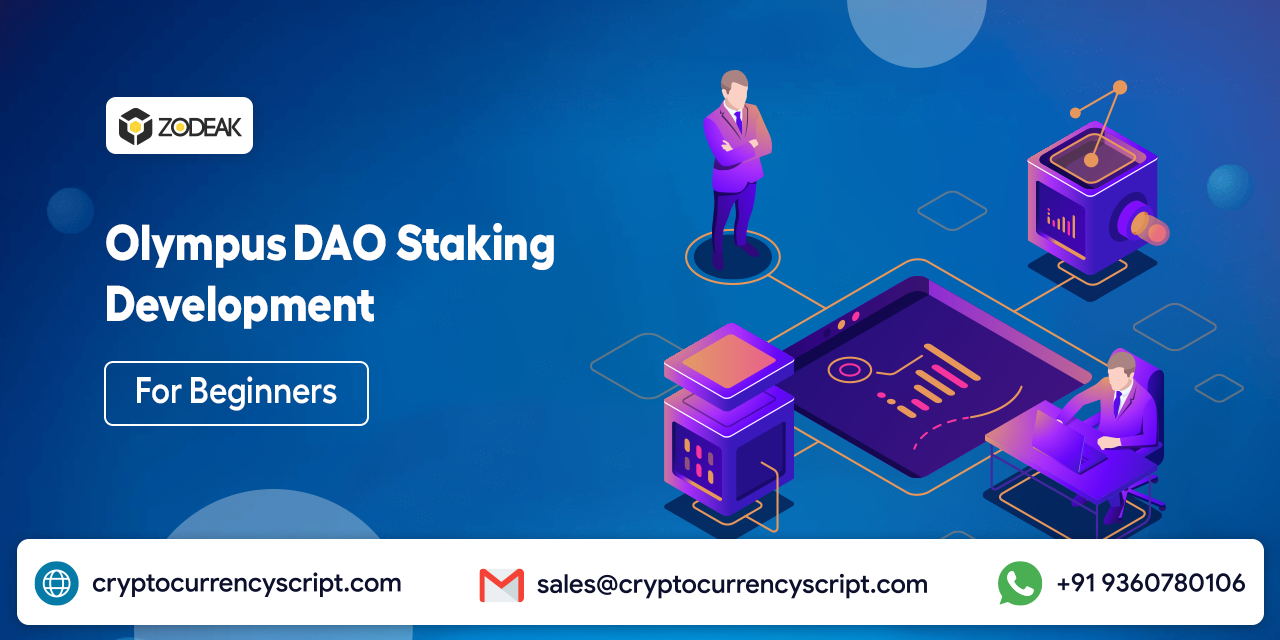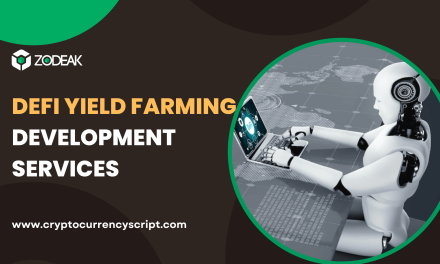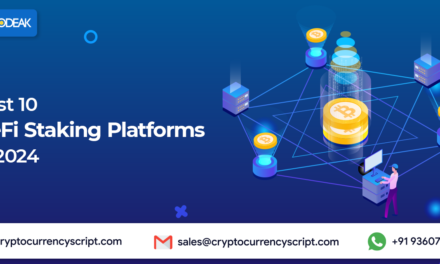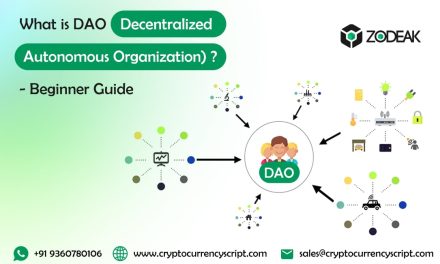Amidst the ever-changing landscape of cryptocurrency and blockchain ventures, Olympus DAO stake shines as a beacon of reliability and innovation. While some projects fail, the momentum behind Olympus DAO staking development continues to surge, captivating media attention and fueling anticipation for the creation of the inaugural fully decentralized reserve currency.
What is Olympus DAO Staking?
Olymbus DAO staking likely refers to the process of staking cryptocurrency tokens in the Olymbus Decentralized Autonomous Organization (DAO) ecosystem.
A DAO is an organization managed by a computer program. Which is controlled by its members, and not controlled by a central government. In the context of Olymbus, the DAO likely governs various aspects of the ecosystem, such as decision-making processes, fund allocation, and protocol upgrades.
Staking involves holding a certain amount of cryptocurrency tokens in a digital wallet to support the operations of a blockchain network. In return for staking, participants may receive rewards in the form of additional tokens or other benefits.
In the case of Olymbus DAO staking, individuals likely stake their tokens to participate in the governance of the Olymbus ecosystem and may receive OHM (token of Olymbus) for their contributions. This token gives voting power, or other benefits within the DAO. Staking helps to secure the network and incentivizes active participation in the governance processes.
Olympus DAO Staking: Getting The Insights
Olympus DAO staking primarily serves as the principal avenue for value accumulation within the ecosystem. Stakers claim their OHM on the Olympus platform to receive rebase rewards. Each reward is contingent upon the existence of at least 1 DAI in reserve to facilitate its creation. This process unfolds every 8 hours, with rebase rewards generated for every 2200 Ethereum blocks reported.
At the smart contract level, Olympus ensures the sustainability of its emission rate over a defined period. Changes in treasury inflows or adjustments to the reward rate will reflects in the Olympus DAO OHM token. Olympus Token development follows a strategic, long-term, and passive approach. As your OHM DAO stake grows, your cost basis steadily diminishes until it reaches zero. The expansion of your staked OHM balance consistently outpaces any potential decline in the token’s market price, regardless of whether it falls below your initial purchase cost.
When a reader stakes, they receive an equivalent amount of sOHM (staked OHM) while locking their OHM tokens. Throughout the process, their balance accelerates automatically as sOHM becomes transferable and integrates with other DeFi protocols. Upon withdrawing the staked tokens, they retrieve an equivalent amount of OHM, losing only the impending rebase reward applicable to the withdrawn amount. It’s important to note that per Olympus DAO development protocols, any existing staked OHM remains eligible for rebase incentives.
Can Olympus DAO Staking Development Benefit You?
To put it simply, Olympus DAO staking involves putting a coin to work and earning rewards in exchange. Validators provide collateral and engage in the system’s process for verifying transactions. Whereas the Olympus DAO development company helps you throughout this process.
PoS is a consensus method where validators stake currencies and validate blocks, but submitting fake transactions risks losing block rewards. The likelihood of a validator receiving a block is inversely related to the tokens they stake compared to the total network staked. For example, if you stake 25% of the total currency, someone with 10% of the total coins staked could still potentially “win” the block reward.
Olympus DAO staking development facilitates profit distribution by allowing users to lend their coins to exchanges. Where they are used as node validators. Exchange staking minimizes the risks associated with validation and maximizes yield, requiring minimal effort and expertise from Olympus DAO developers. Ultimately, the primary objective of Olympus DAO OHM is to stake, hold, and compound with participants’ predominant approach. Staking boosts the Treasury’s value and rewards individuals investing in OHM, ensuring everyone earns the same profit percentage through OHM by simply holding.
Key Benefits
- Stakeholders who join the network gain access to a rebasing mechanism that ensures their position scales with OHM outputs and the overall expansion of the network.
- The APYs offered by Olympus serve as an indicator of the current rebase rate, staker population, and supply levels.
- The community standardized the OHM staking incentives, which are determined by the overall reward rate.
- As more people stake, the reward yield decreases, whereas the reward rate rises when staking decreases.
- sOHM undergoes frequent rebases throughout the day, akin to the effects of compound interest. However, it’s crucial to note that these calculations are dynamic, and the current rates do not guarantee future returns.
Is Olympus DAO Staking Safe and Secure?
As of November 2021, Olympus DAO has operated smoothly without encountering any significant attacks or security concerns. Throughout this period, Olympus DAO staking development has amassed assets totaling US$4.45 billion, prompting numerous forks and instilling a high level of investor confidence. It is managed by an actively engaged team of Olympus DAO developers, who continuously collaborate with the community to enhance the protocol.
Advantage:
- High ROI
- Treasury funds get multiplied in 3s, which accelerates the asset pool.
- Strong community engagement
- Gives a high yield for investors.
Conclusion
The exponential growth of Olympus DAO development has propelled it to become the third-largest DeFi project, boasting a total value locked of approximately $3 billion and a $29 billion balance. This ascent is attributed to its utilization of cutting-edge financial technology, leveraging treasury inflow and protocol-owned liquidity. Employing other cryptocurrencies such as ETH and DAI, Olympus DAO development gradually augments over time to uphold the OHM token’s price. Similar to a global reserve currency like the US dollar, the ultimate aim of Olympus DAO OHM is to serve as the foundation for all DeFi products.
However, utilizing a new investment tool like OHM entails higher risks, given its novelty and ambition. It’s imperative to carefully weigh the risks and benefits and evaluate your tolerance for innovative investment technology. Olympus DAO developers at Antier are available to assist you through this process. Now is an opportune moment for businesses to engage in Olympus token development and gain insights into the DAO construction process. Contact Zodeak, a DeFi staking platform development company, today for more information.





